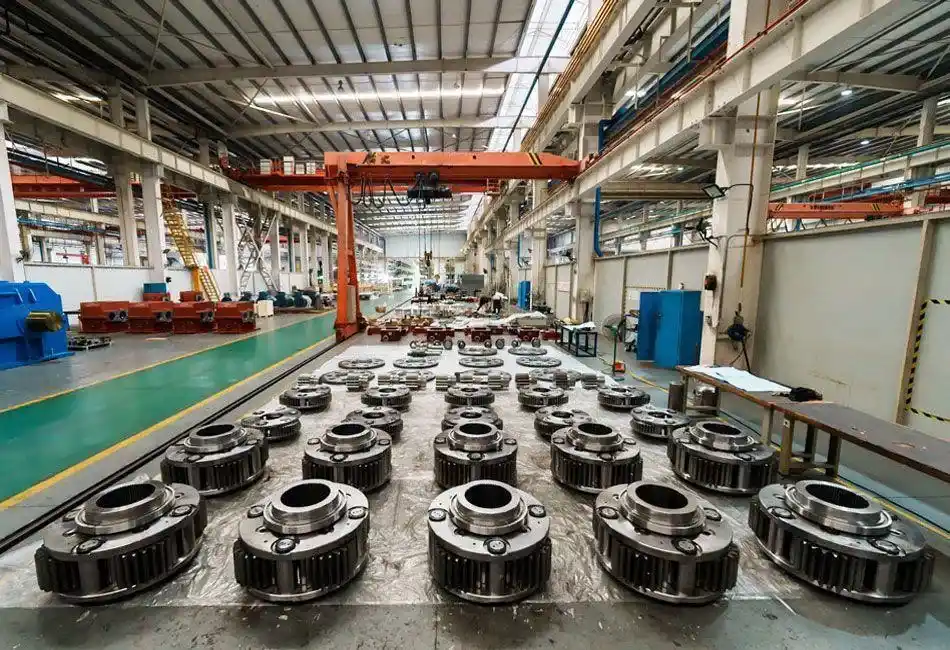Choosing the right marine gearbox is crucial to the safe and efficient operation of the ship. As the core component of power transmission, the marine gearbox directly affects the performance, economy and operational reliability of the ship. This article will discuss the key factors, technical parameters and selection methods that affect the selection of gearboxes, to help users make scientific selections and improve the application effect of equipment.
Key factors affecting the selection of marine gearboxes
Different ships have significant differences in their requirements for gearboxes:
- Large cargo ships:
high power and high torque gearboxes are required. - Small yachts:
focus on lightweight and low-noise design. - Special ships:
need to meet special working conditions, such as extreme temperatures, corrosive environments, etc.
The rated power of the gearbox needs to be slightly higher than the maximum power of the main engine to ensure stable operation under high load. In addition, it is recommended to leave a certain power margin to cope with future upgrade needs.
The gearbox needs to convert the high speed of the main engine into the low speed of the propeller through an appropriate gear ratio to ensure that the propeller operates within the optimal working range. Understanding the specific speed requirements of the main engine and propeller is an important point that cannot be ignored when selecting.
- Corrosive environment:
Choose a gearbox made of corrosion-resistant materials. - Extreme Temperatures:
Design with high or low temperature performance in mind.
Main technical parameters and key points for selection of gearboxes
When selecting a gearbox, ensure that its rated power is not lower than the maximum power of the host to ensure that the equipment has sufficient safety margin.
The selection of the gear ratio should be calculated based on the speed difference between the main engine and the propeller to ensure that the propeller operates at the optimal operating point.
The gearbox should have sufficient strength and rigidity to cope with the load requirements of the ship under various sea conditions.
A high-efficiency gearbox can reduce energy loss and improve fuel economy. Helical gearboxes and planetary gearboxes generally have higher transmission efficiency.
Passenger ships and luxury yachts have higher requirements for low noise and low vibration, and helical gearboxes or planetary gearboxes may be preferred.
Common marine gearbox types and characteristics
- Advantages:
high transmission efficiency, low noise and smooth operation. - Applicable scenarios:
Passenger ships, yachts and other ships with higher comfort requirements.
- Advantages:
Strong resistance to salt spray corrosion, suitable for marine environment. - Applicable scenarios:
ocean work vessels, ocean-going cargo ships.
- Advantages:
strong carrying capacity, can adapt to high power demand. - Applicable scenarios:
large cargo ships, engineering ships and other heavy-duty ships.

Additional conditions to look for when selecting a gearbox
Gearboxes that operate in marine environments for a long time need to have excellent corrosion resistance and long service life.
Priority is given to the selection of gearboxes that are easy to disassemble and maintain, and reduce the cost of later maintenance.
Ensure that the gearbox complies with industry standards (e.g. ISO, ABS, DNV) to ensure quality and safety.


